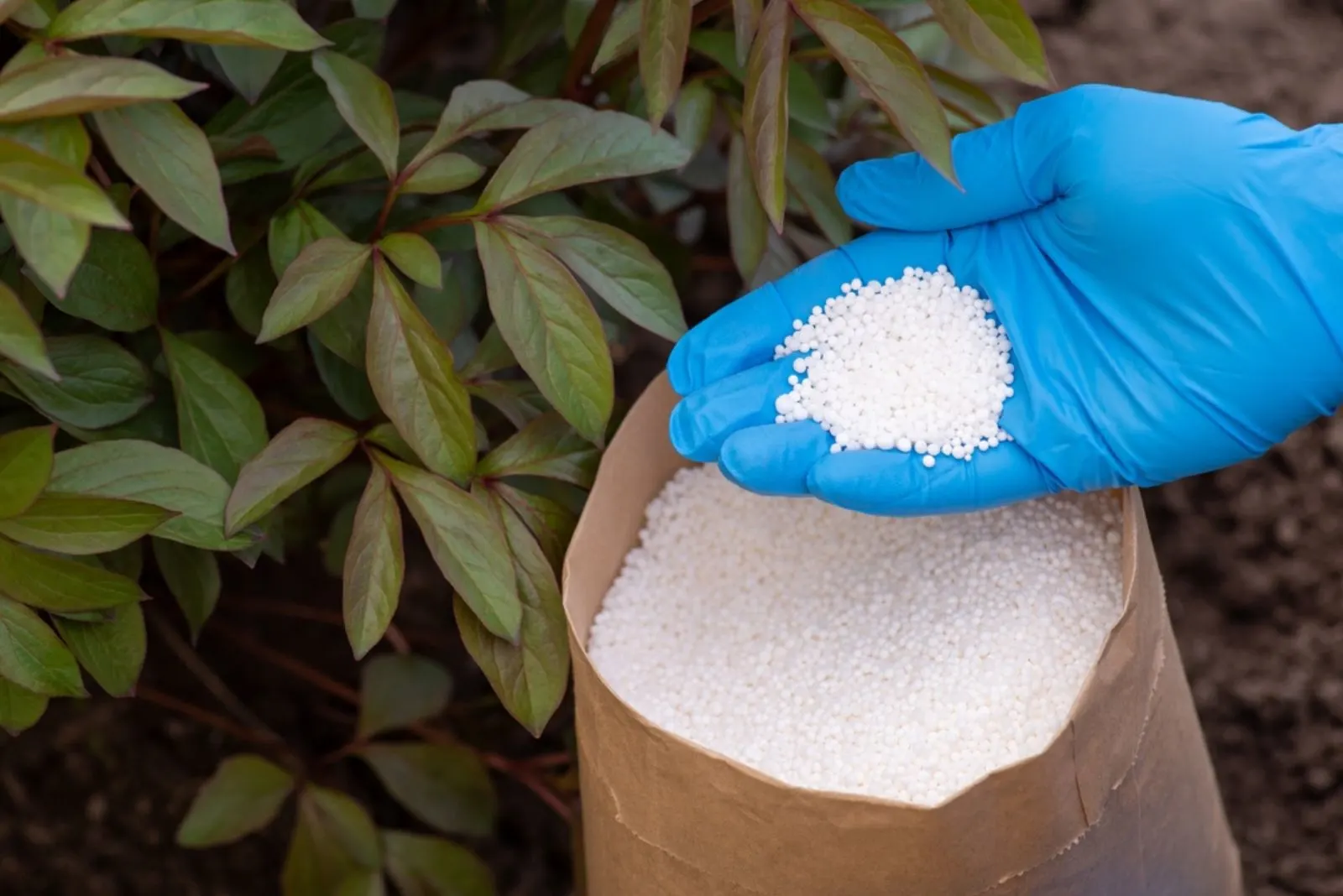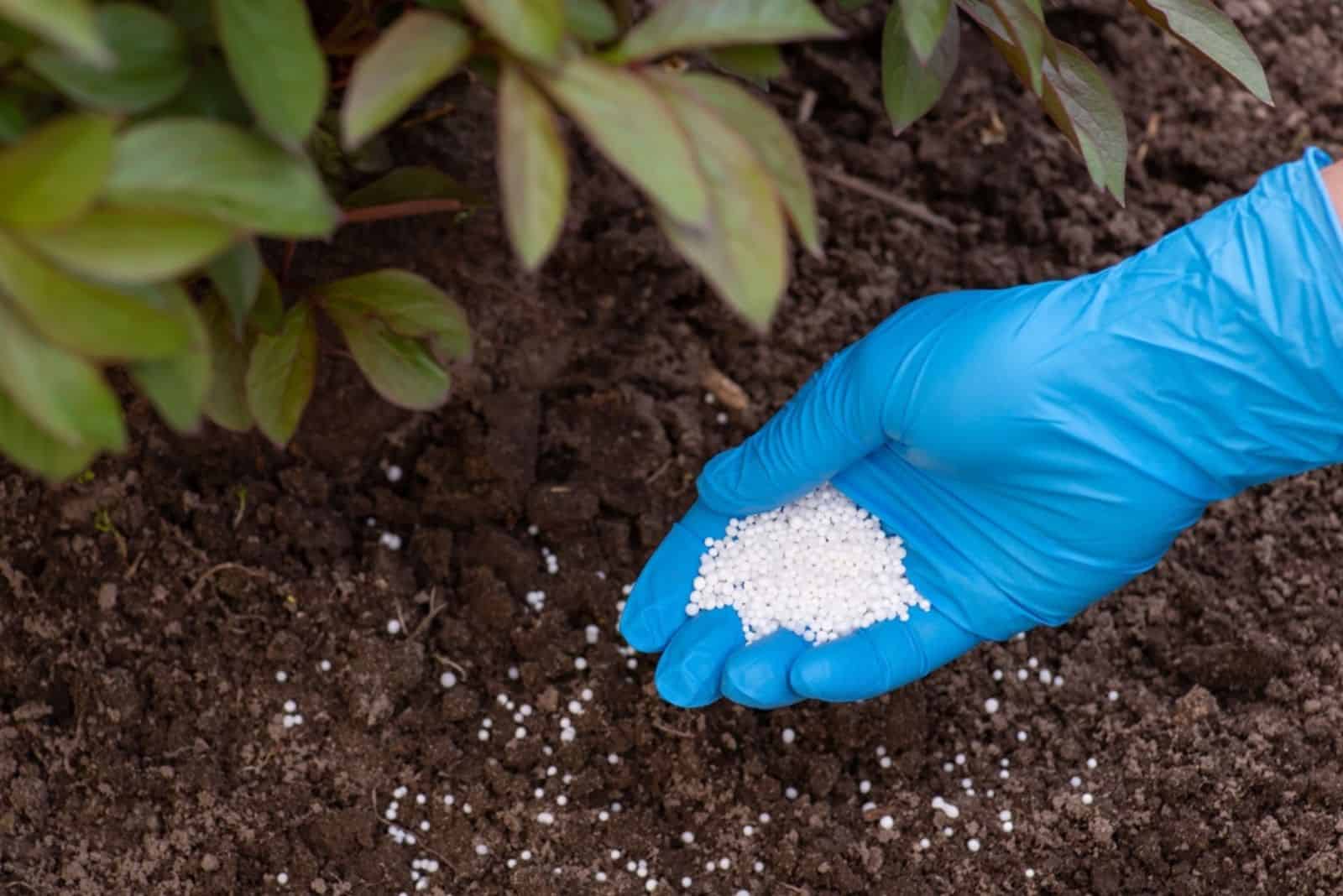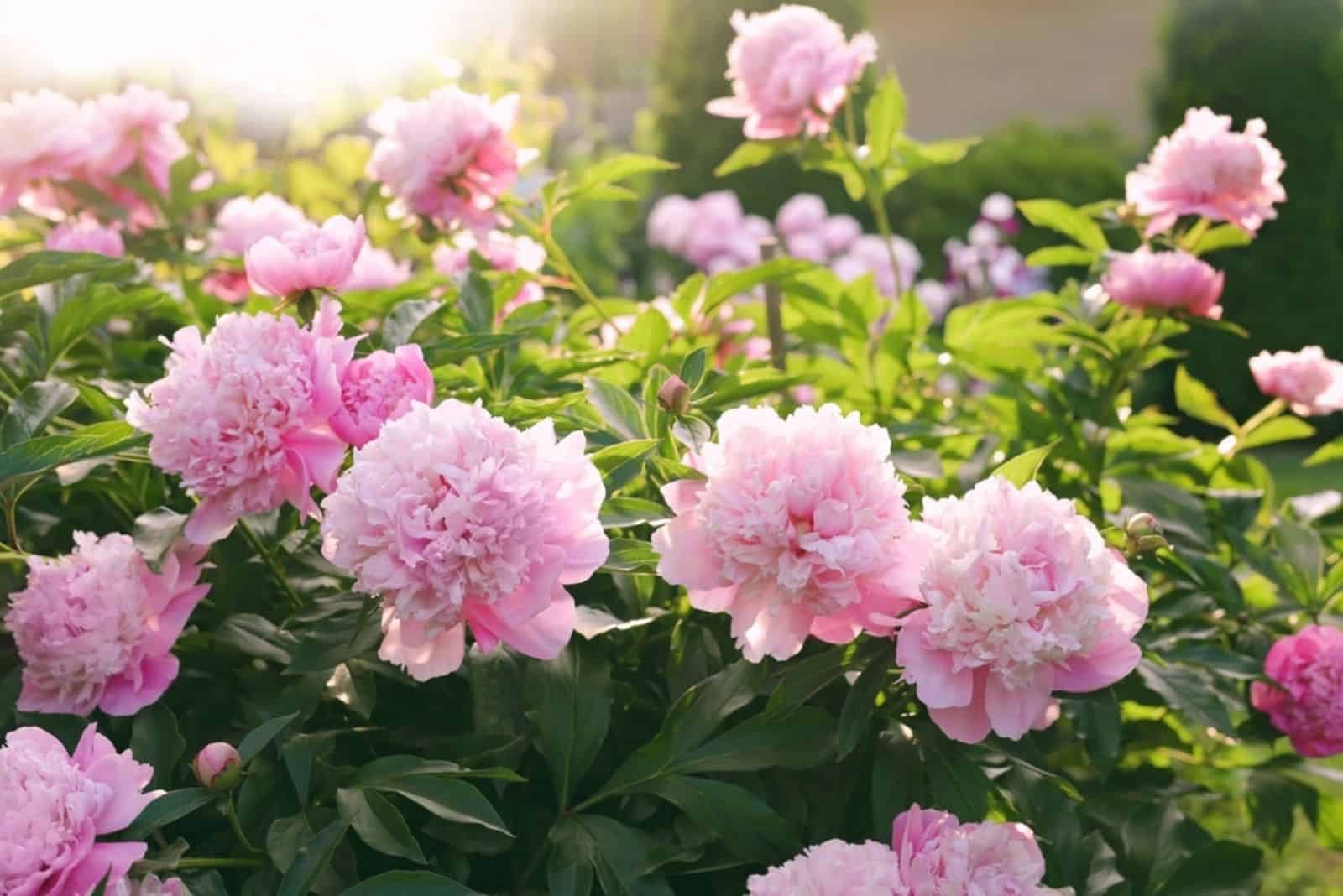Peonies are definitely one of the prettiest flowers and can make your garden look like a fairy tale!
However, their beauty comes with a price. These flowering plants are susceptible to various pests and diseases, and they might often have a hard time blooming if not fertilized properly.
Luckily, we are here to help you!
In this article, we are going to cover how to fertilize peonies and the best type of fertilizer for these delicate plants. So, get ready to unlock the secrets to vibrant and magnificent peony blooms through the power of effective fertilization.
The Best Time To Fertilize Peonies
According to experts at North Carolina University, peonies should not be fertilized until they have been growing for at least 5 years in the ground. However, others believe that the plant should be established enough by the third year to tolerate minimal fertilizer.
The majority of peony cultivars might not bloom in their first spring and may only briefly bloom in their second spring.
If your peonies produce flowers in their first year of growth, then you should cut off the flower buds to boost other peony growth stages, such as root and leaf development.
Before and after flowering is the perfect time to fertilize peonies. This usually occurs during early spring or late summer (in some regions even early fall).
These flowering plants spend a lot of energy to produce new foliage in the spring, but also getting ready for blooming. Once they begin producing flowers, they require a lot of nutrients!
Wait until the stems are about one foot long to fertilize them in the spring. The plant will store enough nutrients required for blooming and producing leaves.
What Type Of Fertilizer To Use
Using the right type of fertilizer is crucial. If you use the wrong kind, you can potentially destroy your plant.
However, with the right fertilizer, your garden will be filled with colorful flowers!
Let’s see more in detail.
Slow Release Organic Fertilizer
You can start off with a slow release type of fertilizer. This kind is usually applied at least a month before the blooming period. You can use a hand rake or your fingers to gently press it into the soil.
Remember to always follow the instructions displayed on packaging as there are many different organic slow release fertilizers that can be applied differently.
This will vary based on the size and age of your plant, whether it is in a pot or in a garden bed, as well as the temperature in your region.
What’s great about this type of fertilizer is that it slowly releases nutrients throughout the season, so your plant will always have nutrients available for blooming and developing!
It is also great for avoiding overfertilization – too much fertilizer can burn the plant’s roots, which ultimately affects the overall health of the plant. Still, you can never be too careful and should always look at the NPK formula.
Almost all fertilizers have NPK initials displayed. N stands for nitrogen, P stands for phosphorus, and K stands for potassium. You should look for fertilizers that are lower in nitrogen, such as NPK formula 5-10-10.
For instance, you can use this Lilly Miller fertilizer available on Amazon.
Additionally, you can always use a universal granular fertilizer, a bulb fertilizer, or even a rose fertilizer if you already have some laying around your shed.
To make sure you’re using an organic fertilizer, look for the four products that have the OMRI seal (Organic Materials Review Institute) and are safe for organic gardens.
Organic Compost
You can also use organic compost for your lovely peonies. Simply scatter finished compost around the base of your plant. Make sure that the layer is light to avoid compaction.
The compost top-dressing is usually applied very early in the spring. If you don’t have your own compost, then you can find some in your local garden shop.
Make sure that the compost doesn’t have any extra added nitrogen!
Can I Use Bone Meal For My Peonies?
Yes, bone meal can be used for fertilizing peonies. It will promote root development, which is why it is better to apply it in the fall so that the plant is ready for winter.
Bone meal can also be applied early in the spring before new leaves emerge.
Can I Use Manure For My Peonies?
Some gardeners also use manure for fertilizing peonies. In fact, compost and manure are often mixed together and used as a fertilizer.
However, the American Peony Society advises against it because it has been linked to the growth of botrytis, an aggressive fungus that causes gray mold blotches on stems and blooms.
What About Water Soluble Fast-acting Fertilizer?
It is not recommended to use water soluble fast-acting fertilizers mainly because they harm the vegetative parts of the plant. And once they are harmed, the entire plant is harmed because it produces only one set of leaves each year.
Tips For Fertilizing Peony Plants
So, we have already covered the perfect timing for fertilization and what type of fertilizer to use. Still, there are some other things that you can do to make the most out of fertilization!
First, let’s discuss mulching. Remove any mulch that has been used to protect the plant during winter before adding fertilizer in the spring. However, you should add a layer of mulch after fertilizing.
This helps retain moisture, suppress weeds, and gradually enriches the soil as it breaks down.
Remember to always apply fertilizer in close proximity to the foliage crown’s drip line (the region directly beneath the outer leaves). Never put it too close to the stems or directly on the peony’s crown.
You can use one of your smallest measuring cups for gardening purposes exclusively to make measurements easier – this will make it simpler for you to monitor how many granules you’re using.
If you just transplanted your peony, avoid applying fertilizer straight away. You should add a thick layer of compost instead.
In case your peonies have had a bad blooming season, don’t add fertilizers straight away. Consider other potential issues, such as lack of sunlight, the plant being too young, or it being planted too deep.
Monitor and Adjust: Regularly observe the health and growth of your peony plants. If you notice signs of nutrient deficiencies, such as yellowing leaves or stunted growth, consider adjusting your fertilization routine or conducting a soil test to determine any specific nutrient deficiencies.




